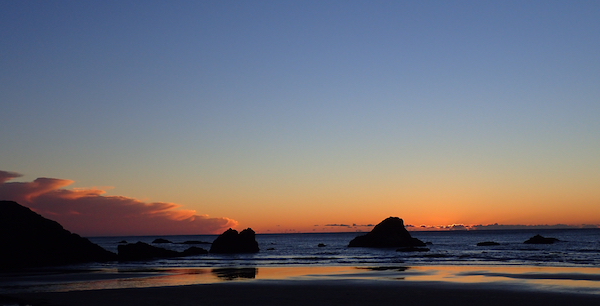
After nearly 2 years of work with our many partners throughout the state, we're thrilled to release the first generation of our Oregon Ocean Acidification Storyboard Website. Oregon’s coast has been identified as one of the “ground zero” areas of impacts from ocean acidification (OA). While the science and research behind OA is strong in Oregon, the general public’s understanding and engagement in the issue is poor. Engaging Oregonians in the science, monitoring and understanding of OA is paramount to working towards long-term solutions for this critical ocean issue.

Thanks in part to the generous support of the Oregon Community Foundation, Surfrider launched this project to help highlight scientific research and bring a greater depth of understanding to Ocean Acidification and it's impacts along our coast. Our goal was to make scientific data accessible & understandable in an effort to raise awareness of serious ocean acidification issues. Beyond the web product we developed this project brought together the interest and engagement of a larger, more diverse group of partners than we've ever seen in our work in Oregon - from university researchers, to educators and local community groups - we will continue to expand the site's use, adding an educational curriculum and a video in the works by Oregon State University in the coming months.
The project began with Dr. Francis Chan of Oregon State University's interest to engage citizens from a variety of community groups in his Ocean Acidification monitoring, more on that here. Dr. Chan reached out to Surfrider because he was impressed with how we've engaged a broad audience in our ongoing Blue Water Task Force water quality monitoring program. The website attempts to share the story of not only the data being collected and who is collecting it, but more importantly why it matters and how it impacts our coast.
So, without further ado, scroll on to check out the story of Ocean Acidification and how we're supporting monitoring here in Oregon...bookmark the actual website to see it full screen and to follow along as we later update with an educational curriculum, more videos, and ongoing data!
